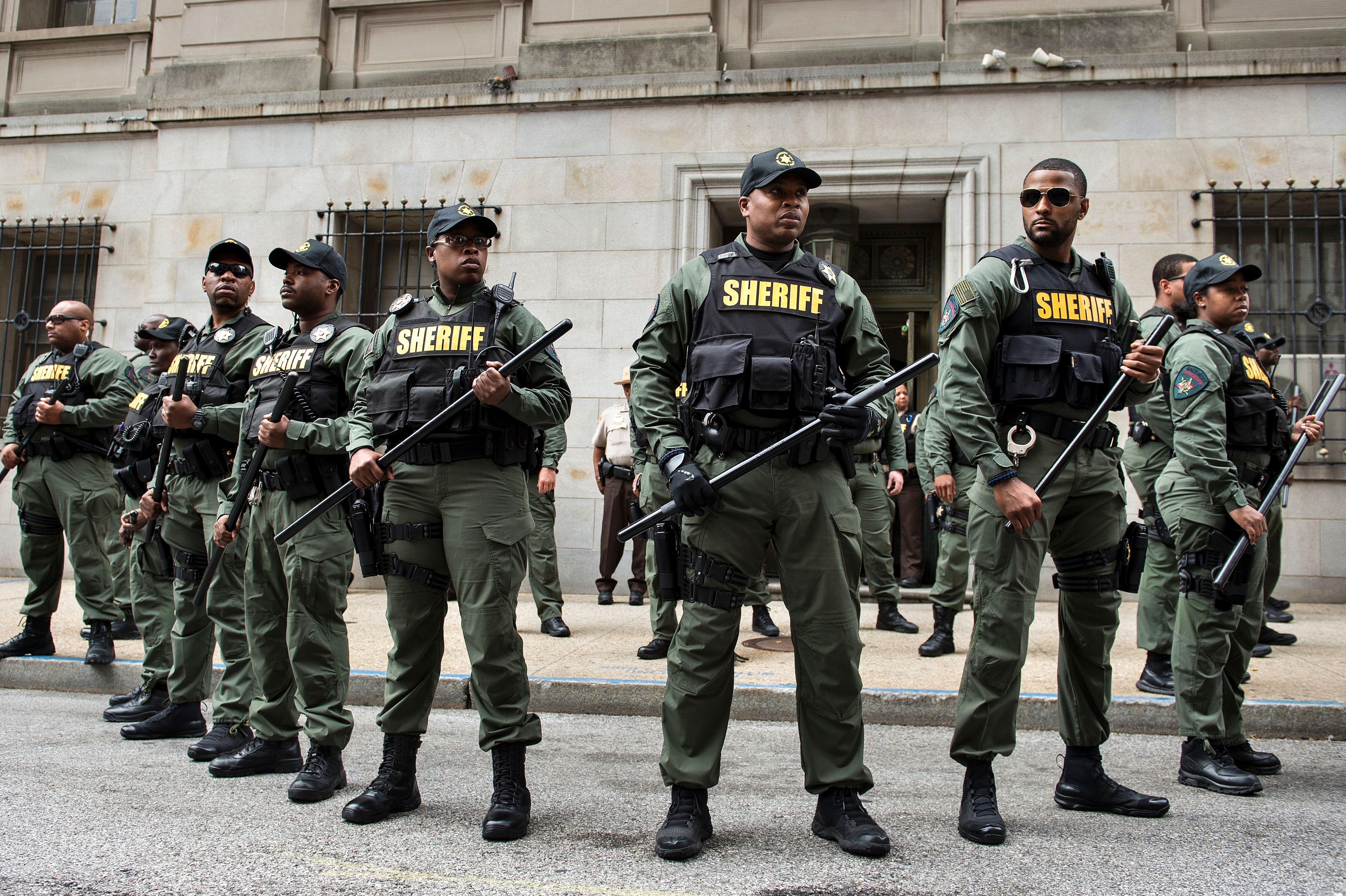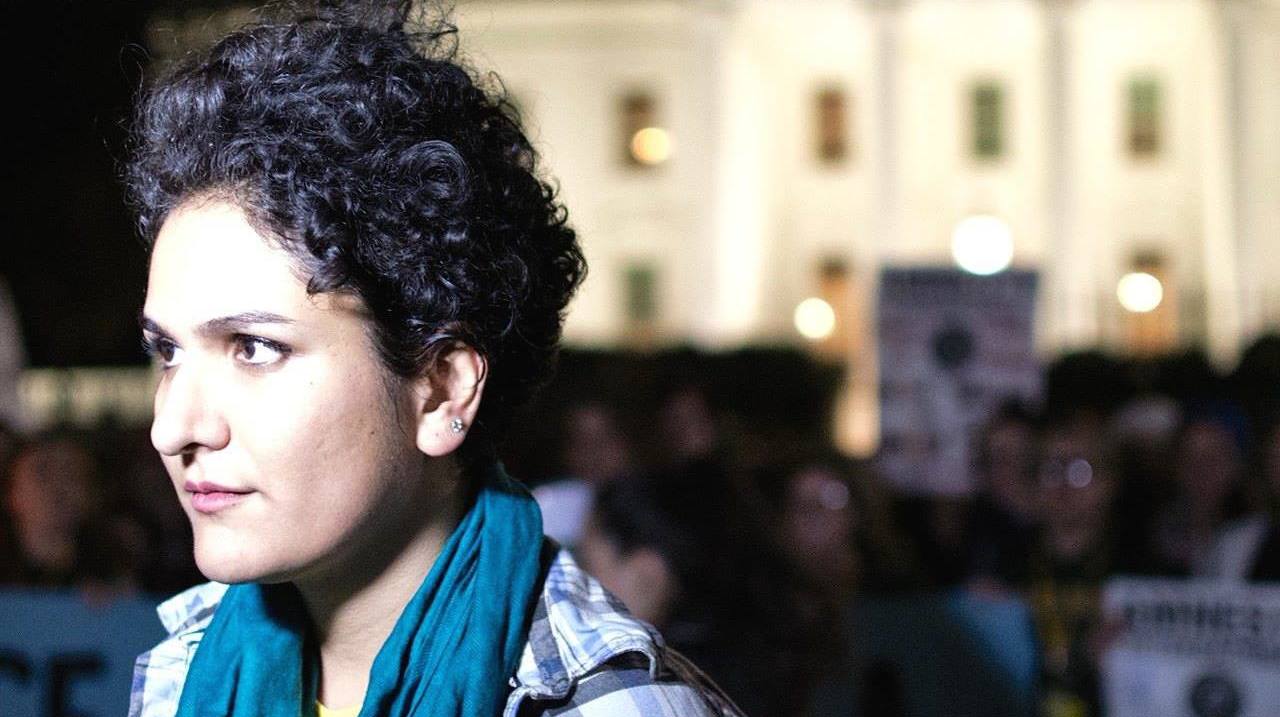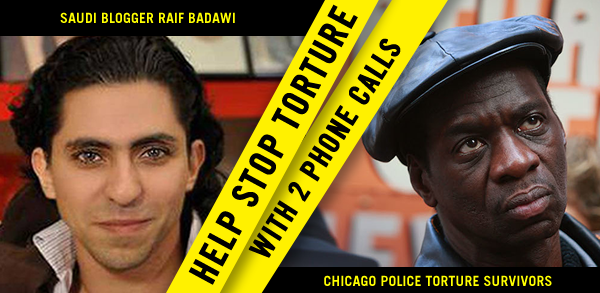
TOPSHOT – Baltimore County Sheriffs officers gather after Baltimore Officer Caesar Goodson Jr. was acquitted of all charges in his murder trial for the death of Freddie Gray at the Mitchell Court House June 23, 2016 in Baltimore, Maryland. (BRENDAN SMIALOWSKI/AFP/Getty Images)
Last Thursday, Attorney General Loretta Lynch announced steps by the Department of Justice to enable the nationwide collection of data on law enforcement interactions with civilians, including data pertaining to the use of force by law enforcement.
While Amnesty International USA welcomes these small steps towards transparency and accountability, we also recognize that much more needs to be done, urgently, in order to address the the current crisis of police-involved deaths in the United States SEE THE REST OF THIS POST



